There’s something magical about swimming over a sunken ship, watching how marine life has transformed steel and wood into thriving underwater gardens. Unlike deep-sea wrecks that require technical diving equipment, these shallow shipwrecks offer an accessible window into maritime history. You don’t need years of training or expensive gear to explore these underwater time capsules.
The best part about snorkeling shipwrecks is how they’ve become artificial reefs, attracting colorful fish and coral growth that make them even more spectacular than when they first sailed the seas. Here is a list of 16 shipwreck sites where you can safely explore maritime history with just a mask, snorkel, and fins.
USAT Liberty
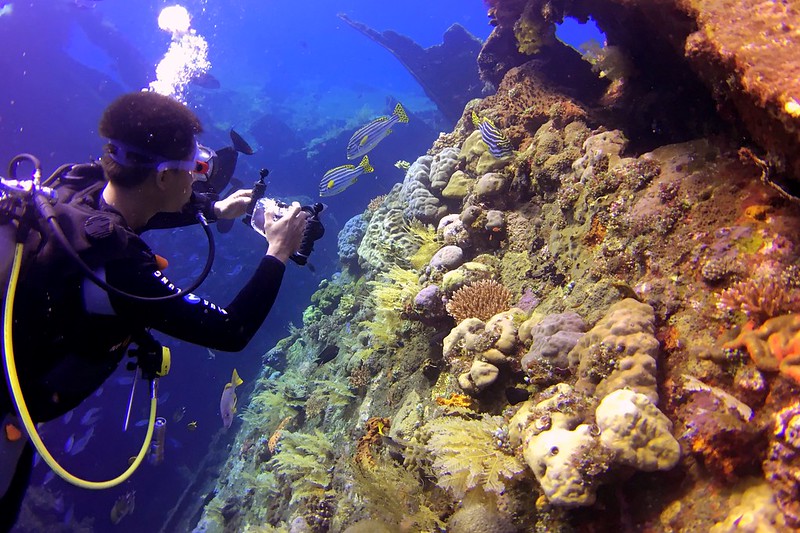
joshkrancer/Flickr
The Liberty sits in just 10 to 95 feet of water off Tulamben Beach in Bali, making it perfect for snorkelers of various skill levels. This 400-foot cargo ship was torpedoed by a Japanese submarine in 1942 and now lies close to shore, covered in soft corals and home to massive schools of fish. The wreck’s shallow sections are easily accessible from the beach, and you’ll often spot barracuda, angelfish, and even the occasional reef shark cruising around the hull. Local dive shops rent snorkeling gear right on the beach, and the calm waters make this an ideal first shipwreck experience.
SS Antilla
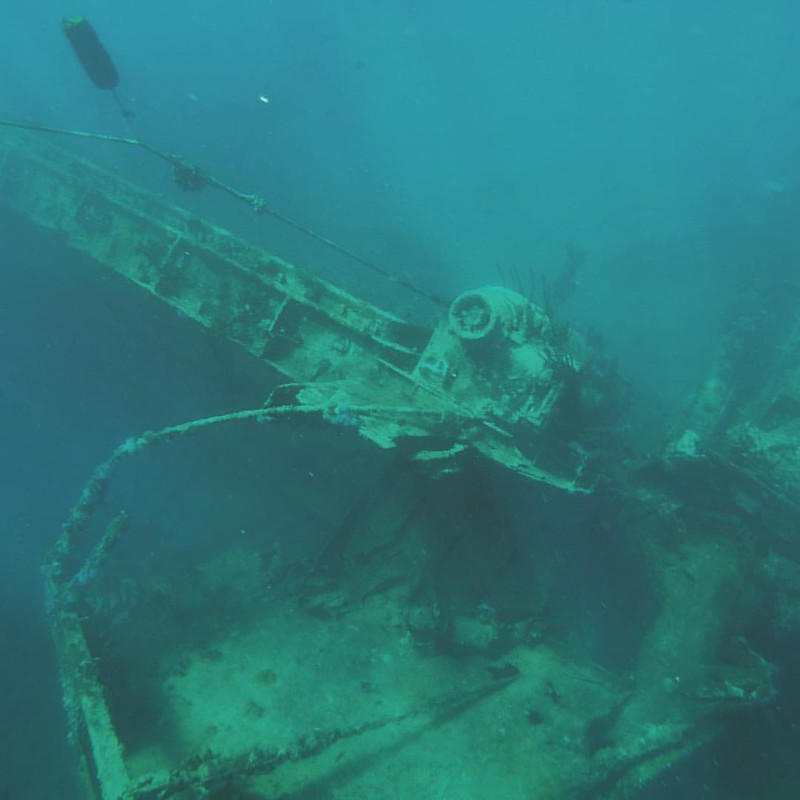
This German cargo ship in Aruba’s waters is the Caribbean’s largest accessible shipwreck, stretching 400 feet long in just 20 to 60 feet of water. The Antilla was scuttled by her own crew in 1940 to prevent capture by the Dutch, and now serves as an underwater playground for snorkelers. The ship’s superstructure breaks the surface at low tide, making it easy to find and explore without getting disoriented. Yellowtail snappers, parrotfish, and angelfish have made the wreck their home, creating a vibrant underwater ecosystem that’s perfect for underwater photography.
Wreck of the Rhone
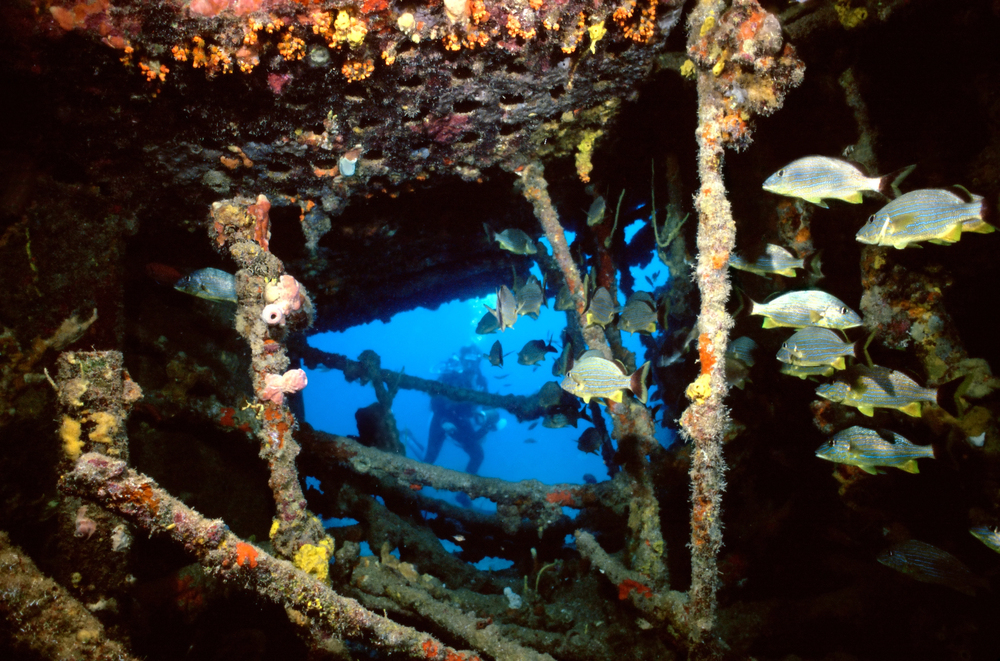
The Royal Mail Steam Packet Rhone met her fate during a hurricane in 1867 and now rests in the clear waters of the British Virgin Islands. The bow section sits in about 20 to 30 feet of water, making it ideal for snorkeling, while the stern goes deeper for scuba divers. This wreck gained fame as a filming location for ‘The Deep,’ and you can still see the ship’s massive propeller and engine parts. The surrounding coral growth has created a natural aquarium where you’ll encounter sergeant majors, yellowtail snappers, and schools of blue tangs dancing around the ship’s remains.
Star of Greece
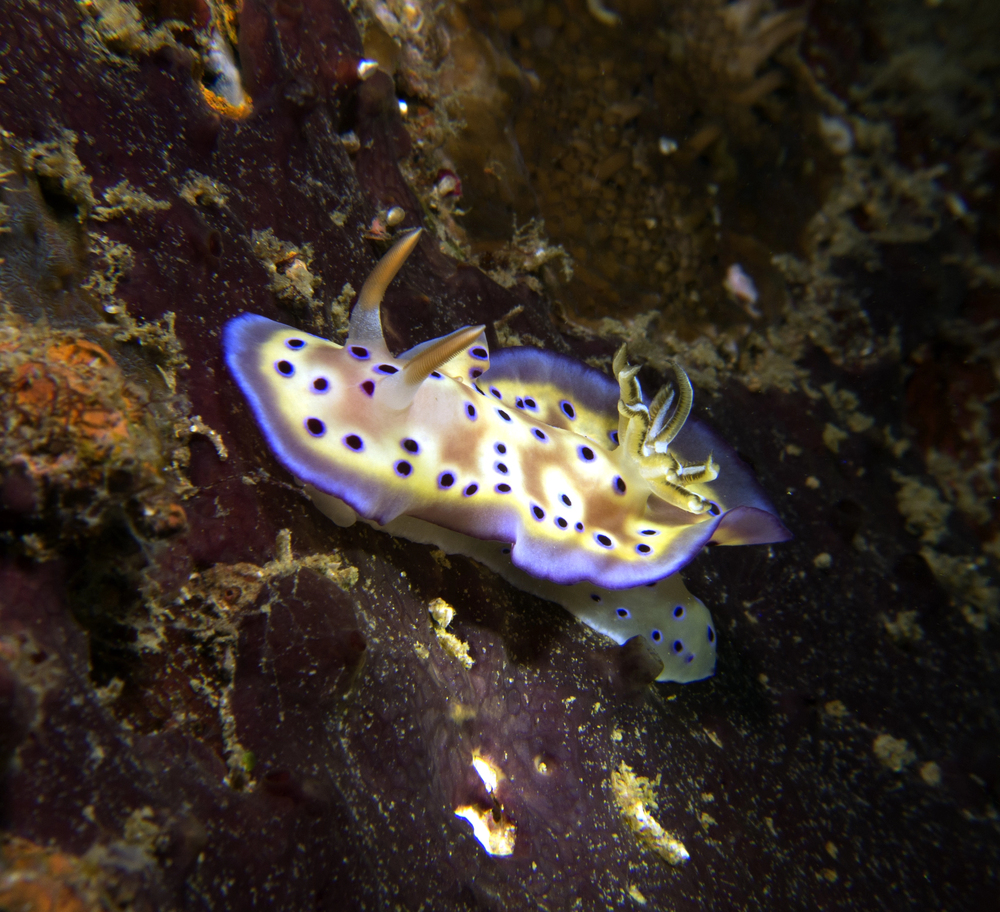
Off the coast of Port Willunga in South Australia, this iron-hulled barque has been sitting in shallow water since 1888 when she ran aground during a storm. The wreck lies in just 15 to 20 feet of water, making it accessible directly from the beach for confident swimmers. Local marine life includes blue gropers, old wives, and colorful nudibranchs that have colonized the ship’s iron framework. The wreck is clearly marked and easily accessible, though southern Australian waters can be chilly, a wetsuit is recommended year-round.
Sapona
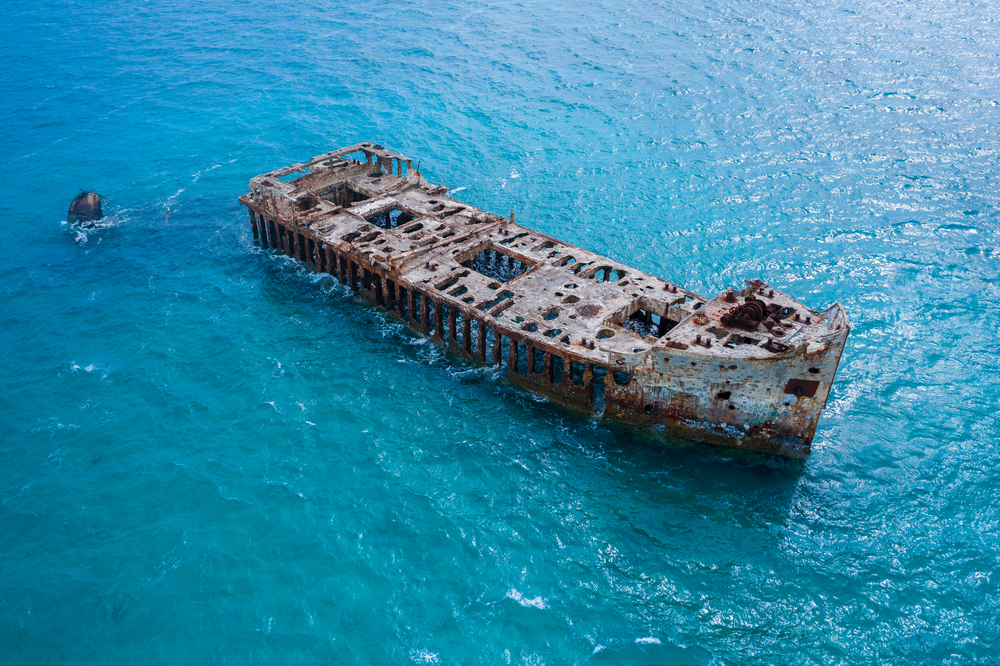
This concrete cargo ship has been sitting in the shallow waters of the Bahamas since 1926, when Hurricane Betsy pushed her onto a sandbar near Bimini. The Sapona sits in just 10 to 15 feet of crystal-clear water, with parts of her structure still visible above the surface. The ship was originally built during World War I using experimental concrete construction, and her unusual material has created unique coral formations over the decades. Snorkelers can easily swim around and through the wreck while spotting tropical fish like parrotfish, angelfish, and the occasional nurse shark resting in the sandy areas nearby.
Wreck of the Sweepstakes
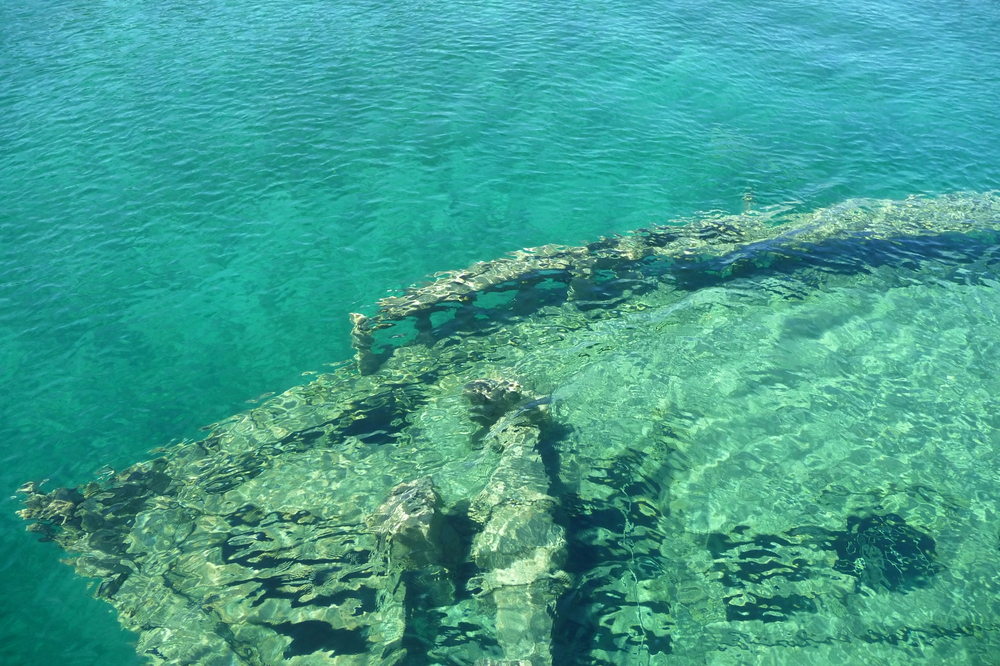
In the clear waters of Tobermory, Ontario, this 19th-century schooner sits perfectly preserved in just 20 feet of water in Big Tub Harbour. The cold, fresh water of the Great Lakes has kept the wooden hull remarkably intact since she sank in 1885 after running aground. You can clearly see the ship’s ribs, planking, and even some of her cargo holds from the surface. The wreck is so well-preserved that it looks like she could sail again, though zebra mussels have attached themselves to much of the wooden structure, creating an interesting contrast between old and new.
USS Kittiwake
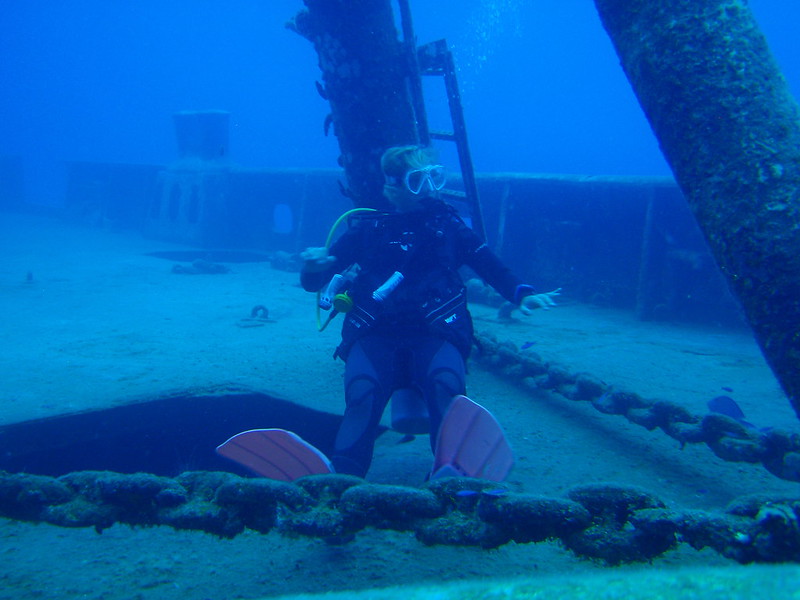
This former submarine rescue vessel was intentionally sunk in 2011 to create an artificial reef off Grand Cayman’s Seven Mile Beach. The ship sits upright in 60 feet of water, but her superstructure and crow’s nest reach up to about 15 feet below the surface, perfect for snorkeling. The Kittiwake has quickly become home to angelfish, parrotfish, and sergeant majors, while her interior has been made safe for exploration with multiple entry and exit points. The wreck’s proximity to shore and the island’s excellent visibility make it a favorite among underwater photographers and casual snorkelers alike.
Wreck of the Unkai Maru
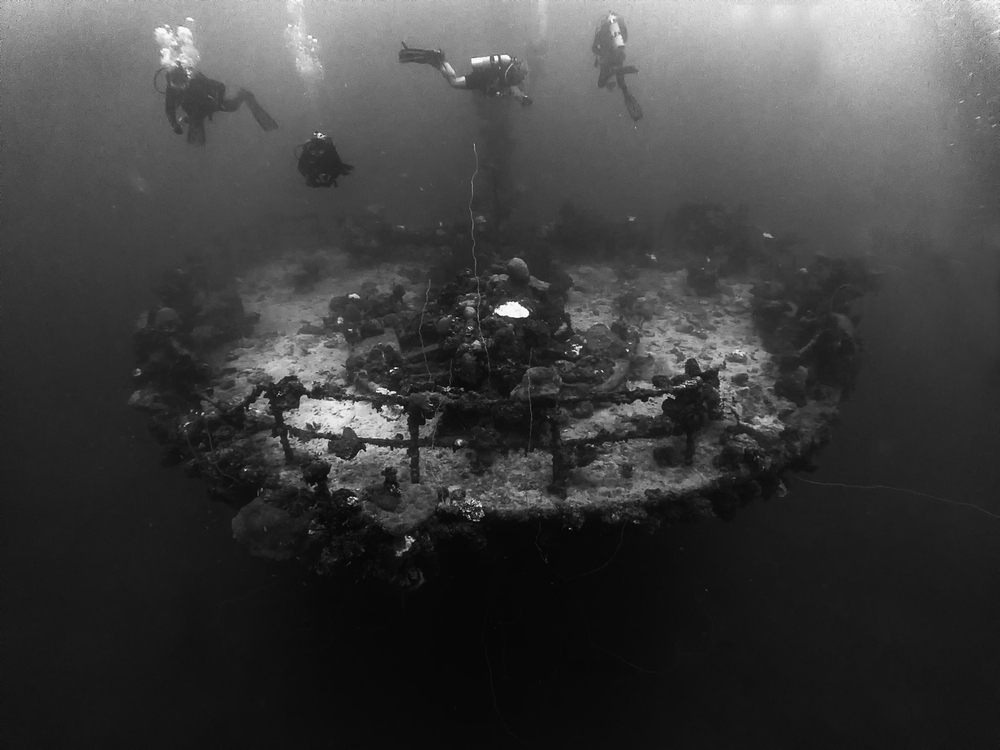
This Japanese cargo ship lies in the lagoon of Chuuk (formerly Truk) in Micronesia, sitting upright in about 40 feet of water with her superstructure reaching nearly to the surface. The ship was sunk during Operation Hailstone in 1944 and now serves as an artificial reef teeming with tropical Pacific marine life. Hard and soft corals have completely covered the wreck, creating a kaleidoscope of colors that rival any natural reef. Schools of tropical fish including butterflyfish, anthias, and wrasses have made the ship their permanent home, while the clear waters provide excellent visibility for snorkeling.
Wreck of the Benwood
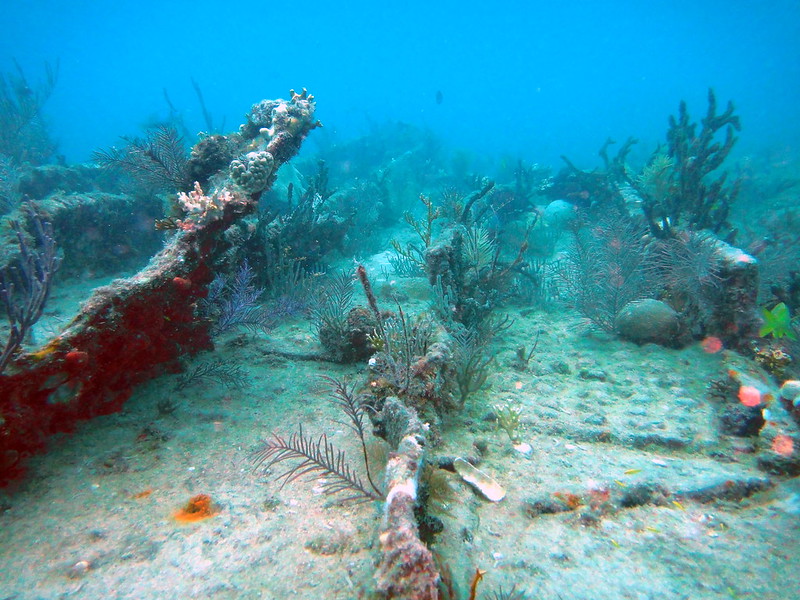
Off Key Largo in the Florida Keys, this Norwegian freighter sits in just 25 to 45 feet of water after being rammed by another ship in 1942. The wreck has been broken up by decades of hurricanes, but the scattered pieces create an interesting underwater landscape for snorkelers to explore. Moray eels hide in the ship’s crevices, while schools of yellowtail snappers and grunts swim overhead. The wreck is marked by a mooring buoy, making it easy to find, and the warm Florida waters mean you can snorkel comfortably year-round with minimal gear.
Wreck of the Cristóbal Colón
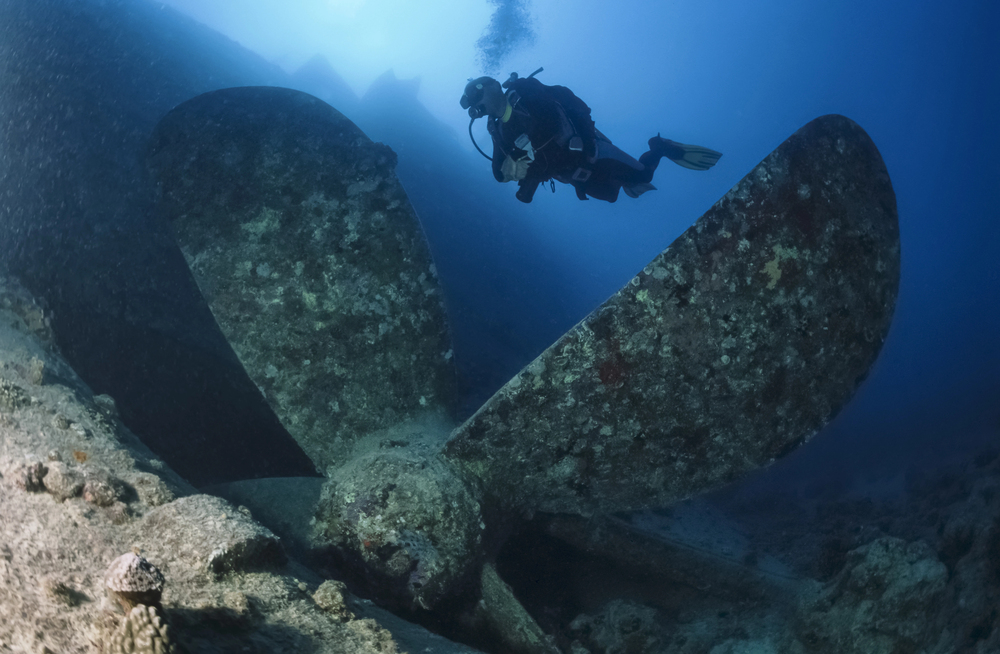
This massive Spanish cruise liner ran aground off Bermuda in 1936 and now lies in 20 to 55 feet of water, making portions accessible to snorkelers. The ship’s bow section sits in shallower water and has become completely covered in colorful sponges and soft corals. Parrotfish, angelfish, and butterflyfish cruise around the wreck, while green moray eels can often be spotted hiding in the ship’s crevices. The clear Bermuda waters provide excellent visibility, and the wreck’s size means you can explore different sections on multiple snorkeling trips.
Wreck of the Carthaginian
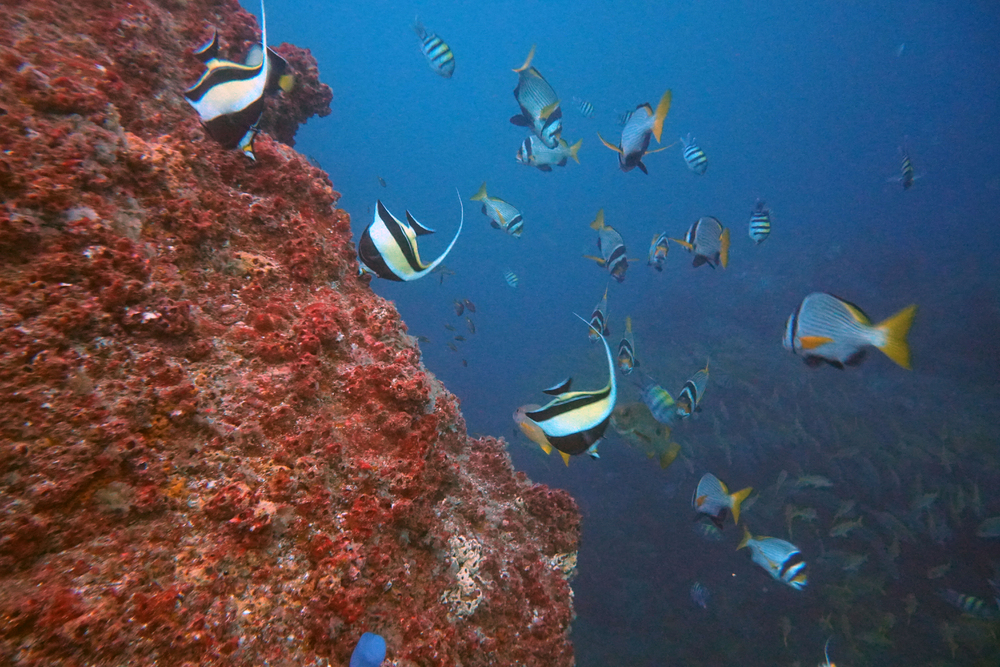
This replica of a 19th-century whaling ship was intentionally sunk off Maui in 2005 to create an artificial reef in Lahaina’s waters. The ship sits in about 95 feet of water, but her masts extend up to within 15 feet of the surface, making them accessible to snorkelers. Hawaiian green sea turtles often rest on the ship’s rigging, while white-tip reef sharks cruise around the deeper sections. The wreck has quickly attracted typical Hawaiian reef fish including Moorish idols, butterflyfish, and schools of yellow tangs that create a brilliant display against the ship’s dark hull.
Wreck of the Yongala
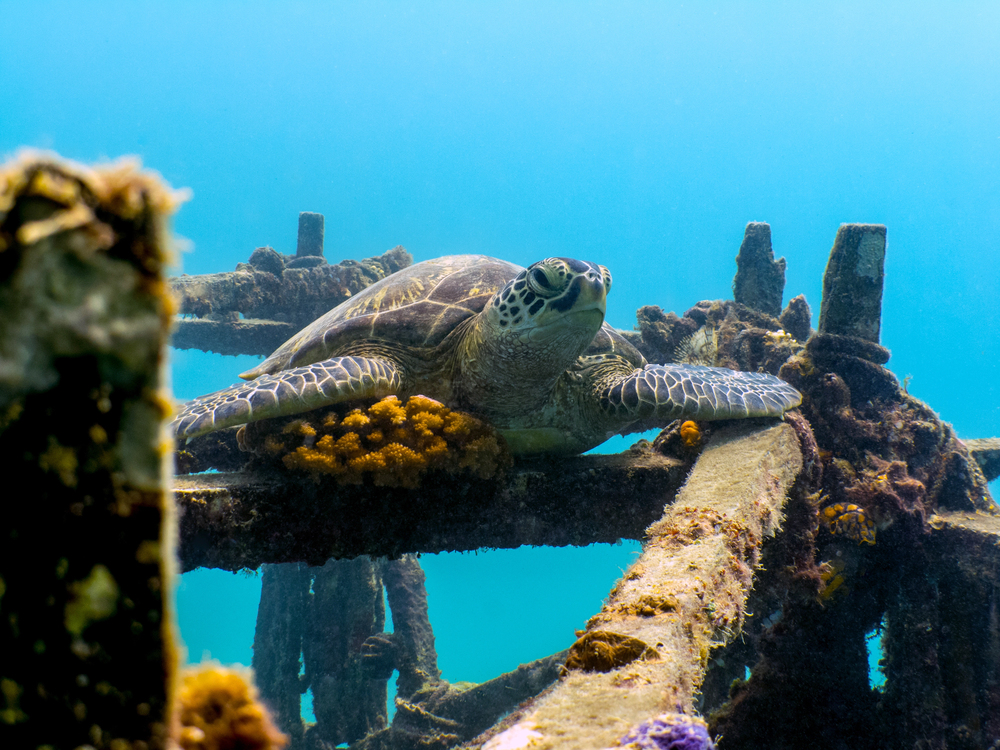
Off the coast of Queensland, Australia, this passenger ship sank in 1911 and now lies in 45 to 95 feet of water, with her superstructure accessible to experienced snorkelers. The ship is completely intact and has become one of the world’s best artificial reefs, attracting everything from tiny tropical fish to massive Queensland groupers. Bull sharks, eagle rays, and sea turtles are regular visitors, while the ship’s structure is covered in hard and soft corals. The wreck requires a boat trip to reach, but the incredible marine life makes it worth the effort for confident snorkelers.
Wreck of the Zenobia
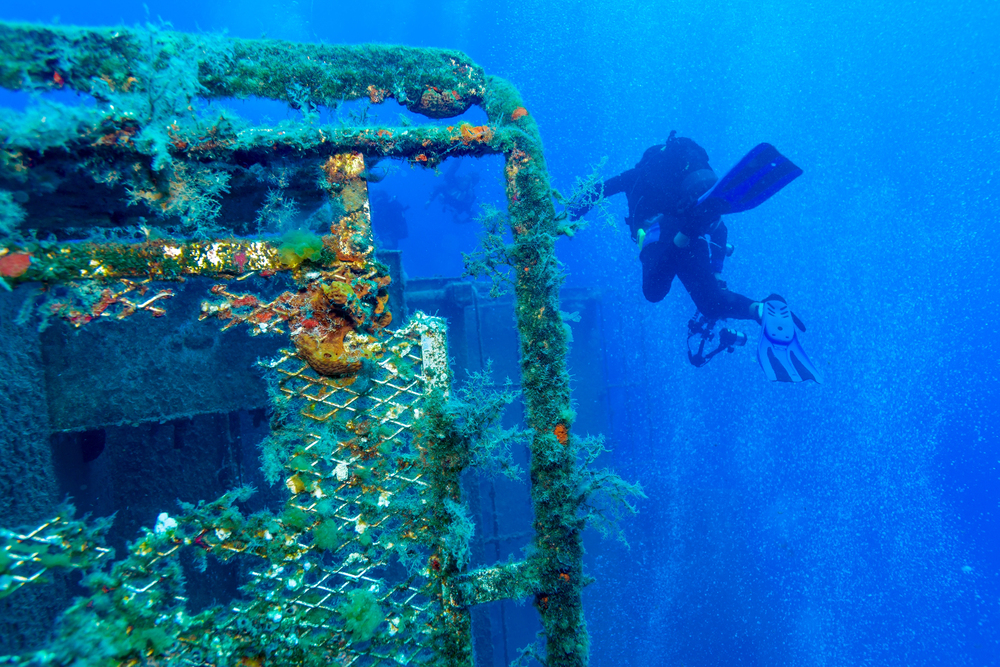
This Swedish ferry sank off Cyprus in 1980 and now lies on her side in 140 feet of water, though her upper sections reach to within 50 feet of the surface. The ship’s massive size and the clear Mediterranean waters make it possible for snorkelers to explore the uppermost parts of the wreck. Groupers, barracuda, and schools of bream have colonized the ship, while the cargo holds still contain trucks and other vehicles that were being transported when she sank. The wreck is easily accessible from shore and has become one of the Mediterranean’s most popular diving and snorkeling sites.
Wreck of the Proteus
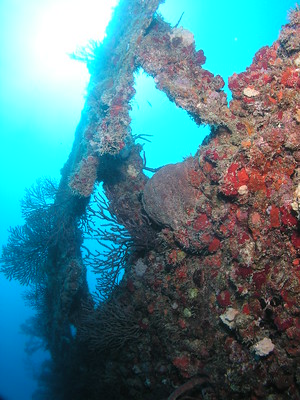
This World War II Liberty ship lies in shallow water off Saba in the Caribbean, broken into several sections that are perfect for snorkeling exploration. The ship’s boilers and engine room are clearly visible in about 30 feet of water, while coral growth has transformed the metal into a living reef. Angelfish, parrotfish, and butterflyfish are abundant, while green moray eels hide in the ship’s crevices. The wreck’s location in Saba’s marine park means the area is well-protected, and the clear Caribbean waters provide excellent visibility for underwater photography.
Wreck of the Hilma Hooker
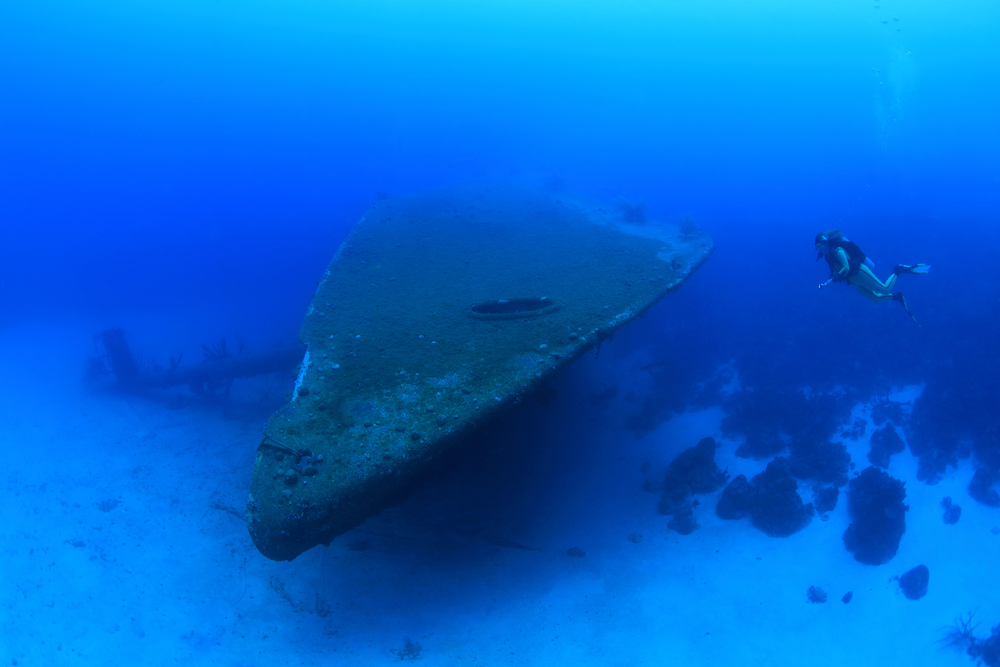
This former cargo ship sits upright in 100 feet of water off Bonaire, but her superstructure and masts reach up to about 60 feet below the surface. The ship was confiscated for carrying contraband and was intentionally sunk in 1984 to create an artificial reef. Tarpon, barracuda, and schools of horse-eye jacks patrol the wreck, while smaller reef fish have made homes in every nook and cranny. The ship’s intact structure and the island’s excellent visibility make it a favorite among underwater photographers, though the depth requires confident snorkeling skills.
Wreck of the Bianca C
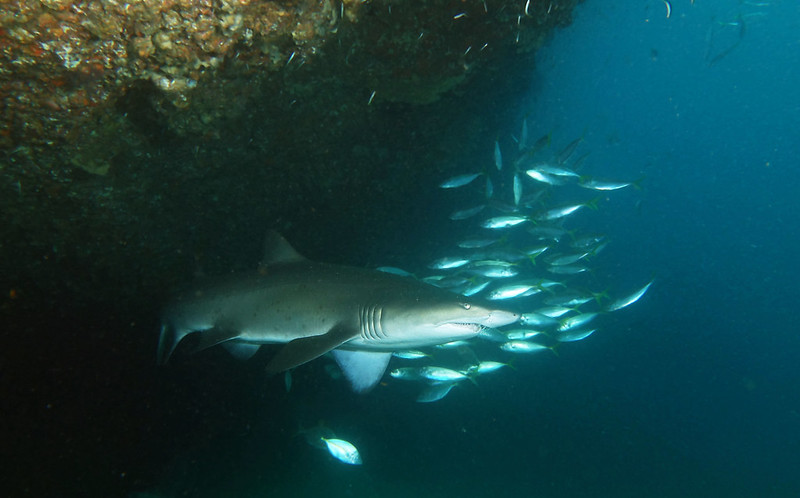
Known as the ‘Titanic of the Caribbean,’ this Italian cruise ship caught fire and sank off Grenada in 1961, now lying in 100 to 165 feet of water. While most of the wreck is too deep for snorkeling, the ship’s superstructure and masts reach up to about 60 feet below the surface in some areas. The wreck has become home to massive schools of fish, including horse-eye jacks, barracuda, and yellowtail snappers. Nurse sharks and southern stingrays are common visitors, while the ship’s size means there’s always something new to discover on each snorkeling trip.
From Maritime Tragedy to Underwater Paradise
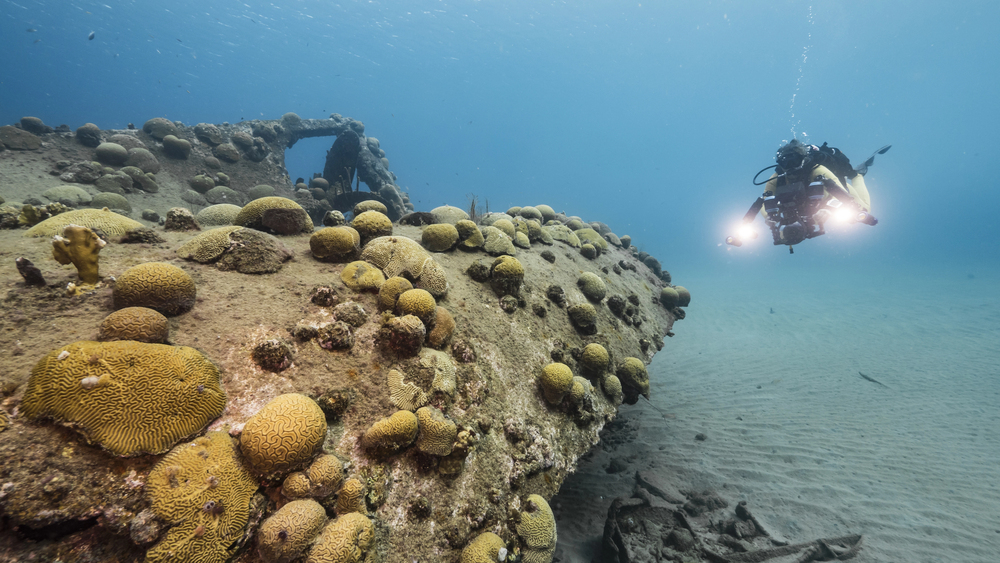
These shipwrecks represent more than just maritime accidents — they’ve become thriving ecosystems that demonstrate nature’s incredible ability to reclaim and transform human-made structures. What once carried cargo and passengers across the world’s oceans now provide homes for countless marine species.
The transformation from functional vessels to artificial reefs shows how disaster can eventually become opportunity, creating underwater landscapes that are often more beautiful than anything humans originally intended. Each wreck tells a story not just of its final voyage, but of the new life that has flourished in its remains. For snorkelers, these sites offer a unique chance to witness both history and marine biology in action, making every underwater adventure a journey through time.
More from Travel Pug

- 20 Best Beach Towns in the Carolinas
- 13 Destinations Where Tourists Regularly Regret Their Trip
- 20 Things You Actually Get in First Class
- 20 Small Airports With Aviation Museums
- 20 Places in the U.S. That Are Perfect for a Reset Trip
Like Travel Pug’s content? Follow us on MSN.
